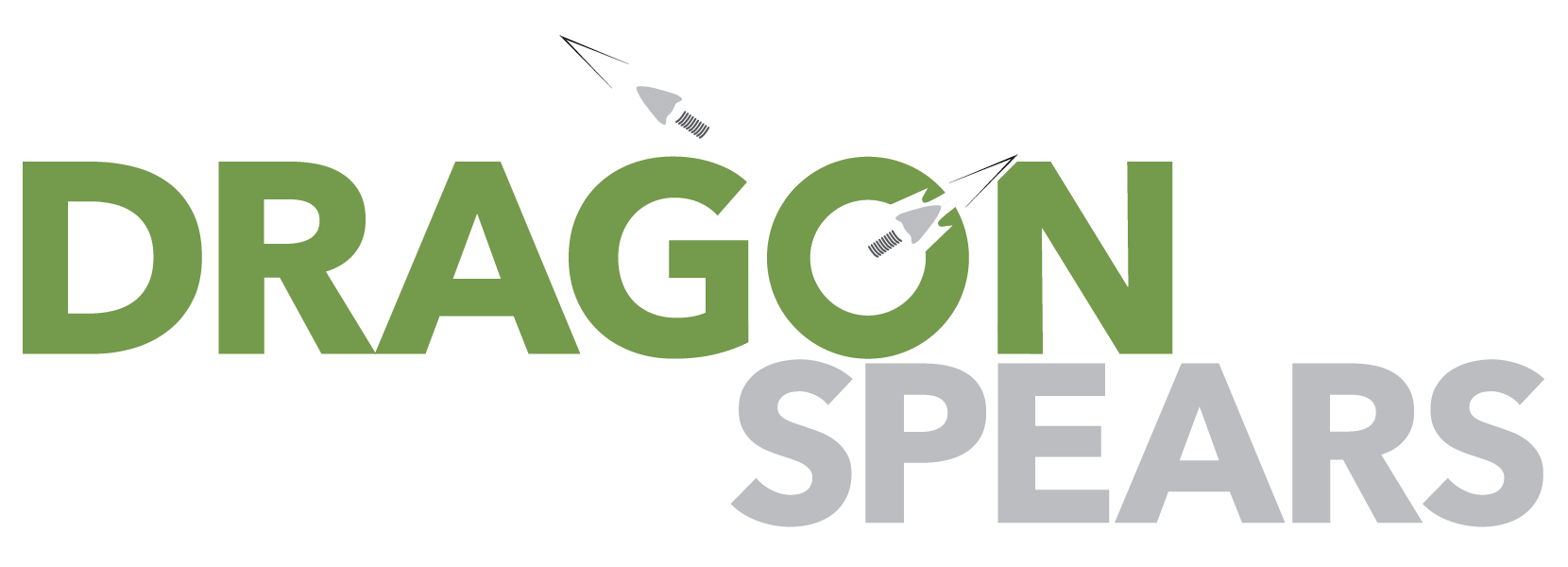
Imagine spending months building the perfect app—only for a security breach to take it down in minutes. That’s the nightmare no one wants. In 2025, cyber threats are smarter, faster, and more relentless, which means your DevOps security toolstack needs to be just as sharp.
But with so many tools, which ones make a difference? In this guide, we’ll cut through the noise and show you the essential tools you need to protect your applications without slowing down your workflow.
Core Components of a Strong DevOps Security Toolstack
A strong DevOps security toolstack isn’t just a nice-to-have—it’s your front line of defense against cyber threats. With 28% of survey respondents in Cortex’s State of Production Readiness 2024 report identifying security, compliance, risk, or vulnerability assessments as areas ready for automation, it’s clear that proactive security is a priority. To build a secure DevOps environment, focus on these core components:
- Code Security Tools: Identify and fix vulnerabilities in your codebase before deployment. Examples include Static Application Security Testing (SAST) and Software Composition Analysis (SCA).
- Infrastructure Security Tools: Protect your cloud environments and infrastructure as code (IaC) with tools like Cloud Security Posture Management (CSPM).
- CI/CD Security Tools: Secure your build pipelines with secrets management, secure pipeline configuration, and automated security checks.
- Runtime Security Tools: Safeguard your applications in production with container security, API security, and real-time monitoring tools.
Integrating these components into your DevOps workflow allows you to automate critical security tasks and stay ahead of evolving threats.
Top DevOps Security Tools for 2025
Here are the top DevOps security tools for 2025. These tools offer robust protection across the DevOps lifecycle, ensuring your applications remain secure from code creation to deployment and beyond.
Code Security Tools
Code security tools are the first line of defense in any DevOps security tool stack. They focus on identifying vulnerabilities directly within the codebase, making it easier to catch issues early, before they become costly problems in production. In 2025, two standout code security tools are Static Application Security Testing (SAST) and Software Composition Analysis (SCA).
SAST is all about catching security flaws at the source code level. It scans your code before it’s even compiled, identifying vulnerabilities like SQL injection, cross-site scripting (XSS), and insecure configurations. The beauty of SAST is that it works early in the development process, allowing developers to fix issues in real-time rather than scrambling to patch vulnerabilities after deployment. Popular SAST tools in 2025 include SonarQube, Checkmarx, and Veracode.
SCA, on the other hand, is designed to secure the open-source components on which your application depends. Modern applications rely heavily on third-party libraries, but those libraries can introduce known vulnerabilities if left unchecked. SCA tools automatically scan your codebase for open-source components, checking them against a constantly updated database of known vulnerabilities. Leading SCA tools like Snyk, WhiteSource, and GitHub Advanced Security ensure your dependencies are secure without slowing down your development process.
Infrastructure Security Tools
As organizations increasingly adopt cloud-native architectures, ensuring that your infrastructure is secure has never been more important. Two essential categories of infrastructure security tools in 2025 are Infrastructure as Code (IaC) Scanning and Cloud Security Posture Management (CSPM).
IaC Scanning tools are designed to secure your infrastructure configurations from the start. IaC allows you to define your cloud resources (like servers, networks, and databases) using code, but if that code contains misconfigurations or vulnerabilities, you’re at risk. IaC scanning tools, like Terraform Cloud, Checkov, and CloudFormation Guard, automatically analyze your IaC scripts to identify security risks—whether it’s open ports, overly permissive access, or outdated software. By catching these issues before deployment, you can prevent security gaps that hackers love to exploit.
CSPM takes a broader approach, continuously monitoring your cloud environments to ensure they align with security best practices and compliance standards. CSPM tools automatically detect misconfigurations, weak security settings, and compliance violations across your cloud accounts.
Leading CSPM solutions like Prisma Cloud, AWS Security Hub, and Microsoft Defender for Cloud offer automated threat detection, real-time monitoring, and compliance reporting. By leveraging CSPM, you can maintain a strong security posture across multi-cloud environments without manual effort.
CI/CD Security Tools
Because CI/CD pipelines involve code moving rapidly from development to production, they’re a prime target for attackers. Two key components of CI/CD security in 2025 are Secrets Management and Secure Pipeline Configuration.
Secrets Management tools are essential for protecting sensitive information, like API keys, passwords, database credentials, and encryption keys, within your CI/CD pipeline. Without proper management, these secrets can end up exposed in plain text, making them an easy target for attackers.
Tools like AWS Secrets Manager securely store and manage secrets, providing controlled access through authentication and authorization policies. They also offer automated rotation of secrets, reducing the risk of exposure due to stale credentials.
Secure Pipeline Configuration goes beyond just protecting secrets—it’s about ensuring the entire pipeline is built with security in mind. This means enforcing secure connections, limiting permissions, scanning code for vulnerabilities before deployment, and using multi-factor authentication for access to pipeline environments.
Tools like GitHub Actions, GitLab CI, and Jenkins can be configured with security best practices, such as scanning for vulnerabilities during the build process, enforcing code signing for all artifacts, and restricting access to only authorized users. By securing your CI/CD pipelines, you can prevent unauthorized code from being deployed and maintain the integrity of your software.
Runtime Security Tools
Runtime security tools are your last line of defense, protecting your applications while they’re actively running. Even if your code is clean and your infrastructure is secure, vulnerabilities can still emerge at runtime, making it critical to have robust security measures in place. Two key areas of runtime security in 2025 are Container Security and Microservices Security.
Container Security tools are specifically designed to secure your containerized applications, which are widely used in modern DevOps environments. Containers offer scalability and portability, but they can also introduce security risks if not properly managed.
Tools like Aqua Security and Falco provide real-time protection for your containers. They monitor container images for vulnerabilities, enforce security policies, and detect suspicious activity at runtime, like unauthorized file access or abnormal network connections. By securing your containers, you can prevent malicious code from spreading across your environment.
Microservices Security focuses on protecting the complex network of interconnected services that make up modern applications. Since microservices communicate with each other through APIs, they are vulnerable to unauthorized access, data breaches, and other attacks.
Security tools like Service Meshes (e.g., Istio, Linkerd) and API Gateways (e.g., Kong, Apache APISIX) provide secure communication between microservices, enforce access controls, and offer encryption for data in transit. These tools also provide observability, making it easier to detect and respond to threats in real time. By securing your microservices, you ensure that your application remains resilient, even if one service is compromised.
Best Practices for Building a Secure DevOps Toolstack

Building a secure DevOps toolstack isn’t just about picking the most popular tools, it’s about choosing the right tools for your workflow and configuring them effectively. Follow these best practices to ensure your DevOps toolstack is both secure and efficient:
- Curate Your Toolstack by Category: Don’t overload your pipeline with redundant tools. Instead, focus on a carefully chosen set of tools that cover all aspects of your DevOps lifecycle:
- Code Security: Use tools like SonarQube, Snyk, and Checkmarx to identify vulnerabilities in your code before deployment.
- Infrastructure Security: Secure your cloud environments with tools like KICS, Jit, and Prowler for continuous monitoring.
- CI/CD Security: Protect your pipelines with GitHub Advanced Security for automated scanning and Coverity by Synopsys.
- Runtime Security: Ensure your running applications are secure with tools like Aqua Security for container protection, Falco for threat detection, and Anchore Engine for vulnerability scanning.
- Automate Security Wherever Possible: Leverage automation for code scanning, vulnerability detection, and security compliance checks. This not only saves time but also reduces human error.
- Regularly Update and Patch Your Tools: Outdated security tools are a common vulnerability. Set up automated updates wherever possible to keep your tool stack secure.
- Implement Role-Based Access Control (RBAC): Limit access to security tools based on team roles, ensuring that only authorized users can make changes.
- Continuously Monitor for Vulnerabilities: Use monitoring tools that provide real-time visibility into your DevOps environments, making it easier to detect and respond to threats.
- Conduct Regular Security Audits: Periodically review your toolstack to identify any gaps in coverage or misconfigurations, and make necessary adjustments.
By following these best practices, you can build a secure, scalable DevOps toolstack that keeps your applications protected at every stage of development.
Asses and Optimize Your DevOps Security Tools
Securing your DevOps pipeline is an ongoing journey, not a one-time task. As cyber threats continue to evolve, your DevOps security tool stack must keep pace. Take the time to assess your current tools, identify any gaps, and optimize your setup to protect your applications without slowing down your workflow.
If you’re ready to take your software security to the next level, reach out to DragonSpears for expert guidance on your next software project. Our team can help you build secure, scalable solutions that drive your business forward.


